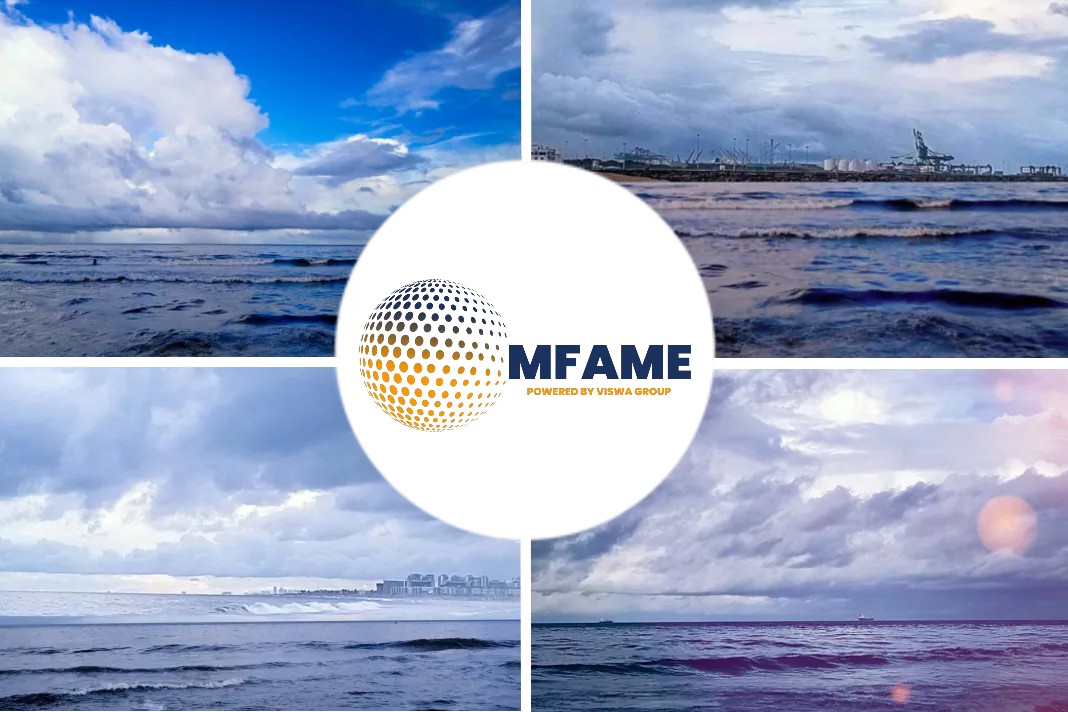According to a Platts report, dry bulk ship owners are bearing the financial burden of increased marine fuel costs in the wake of IMO 2020, as time-charter rates for Panamax ships in the South Atlantic inversely correlate with 0.5% sulfur marine prices at key bunkering hubs.
Voyage Rates Effect
Voyage rates ($/mt) on key Panamax grains routes have remained steady since the introduction of the IMO’s marine fuel sulfur emissions cap; however, time-charter rates ($/day) for the ships have risen and fallen in an inverse correlation with VLSFO prices.
Voyage rates — or the price paid by a charterer for moving a given cargo from port to port — include the costs of marine fuel, and should therefore be expected to rise and fall as fuel prices fluctuate.
Yet voyage rates on the S&P Global Platts Santos, Brazil to Qingdao, China 60,000 mt (plus/minus 10%) grains route have remained fairly steady through the transition to low-sulfur fuels, only falling 25 cents between December 20 and January 20.
However, the Platts time-charter equivalents (TCE) for a Panamax ship on that route DOP (Delivery Outward Pilot) Singapore or Gibraltar basis, i.e. the expected earnings for a ship owner on a $/day basis — have inversely tracked the cost of VLSFO throughout January, whether bunkering at Singapore, Gibraltar or at Santos itself.
“We are fixing very similar voyage numbers as we were ahead of 2020,” said one petcoke charterer source. “It definitely looks like shipowners are absorbing the costs.”
FALL AND RISE
Between January 6 and January 17, the price of Singapore-loading 0.5% marine fuel (VLSFO) fell $95 from $740/mt to $645/mt — a fall of 12%. Over that same time period, the basis 0.5% and scrubber-fitted DOP Singapore TCEs rose an average of 26%.

This inverse correlation suggests that as the price of fuel rises, ship owners are forced to discount the daily hire rate for their ships in order to keep voyage rates flat.
With the Pacific basin weak, and falling cargo inquiry from ECSA, the outlook for February remains difficult for dry bulk shipowners. “Charterers have so much bargaining power because the only market that’s alive is the East Coast of South America,” said one ship operator source. “A healthy ratio of positions/cargoes is 50/50, and right now it’s 70/30 with no new stems being announced.”
Did you subscribe to our daily newsletter?
It’s Free! Click here to Subscribe!
Source: Platts






















